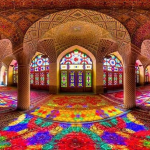One of the reasons YPT loves Algeria is the beautiful coastal city of Algiers. Reasons are myriad, but in part at least it is because of the fabulous Algiers Casbah.
What is a Casbah and how is it related to that great 80’s song we hear you scream? Well we offer those answers and much more in our guide to the Algiers Casbah.
Table of Contents
What the Algiers Casbah?
The word Casbah, or Qasba in Arabic, means fortress or citadel. Across North Africa, Casbahs were historically built to defend cities, house rulers, and organise military activity. In Algiers, the Casbah occupies the hill above the port, forming a dense network of narrow streets, stairways, and courtyards. Its current layout dates mostly from the Ottoman period, though settlement here goes back to at least the 10th century. Buildings are tightly packed, whitewashed, and topped with wooden balconies. Streets twist unpredictably, making movement difficult for outsiders, a defensive feature.
The Casbah was central during the struggle for independence from 1954 to 1962. Revolutionary fighters used alleys to hide, store weapons, and communicate unseen. The neighbourhood provided both shelter and strategic advantage. After independence, parts of the Casbah fell into decay, but the character remained. UNESCO recognised it as a World Heritage Site in 1992.
Today the Casbah is a living neighbourhood where history and daily life coexist. Rooftops provide panoramic views over the Mediterranean, and courtyards retain the character of centuries of urban life. Narrow streets, hidden staircases, and bustling alleys showcase centuries of Ottoman architecture and Algerian urban design. Walking through the Casbah is stepping into a city built for defence, survival, and community life. Each corner tells stories of resistance, colonial struggle, and everyday living. It remains one of Algiers’ most distinctive areas, connecting modern residents and visitors with a tangible sense of the past.

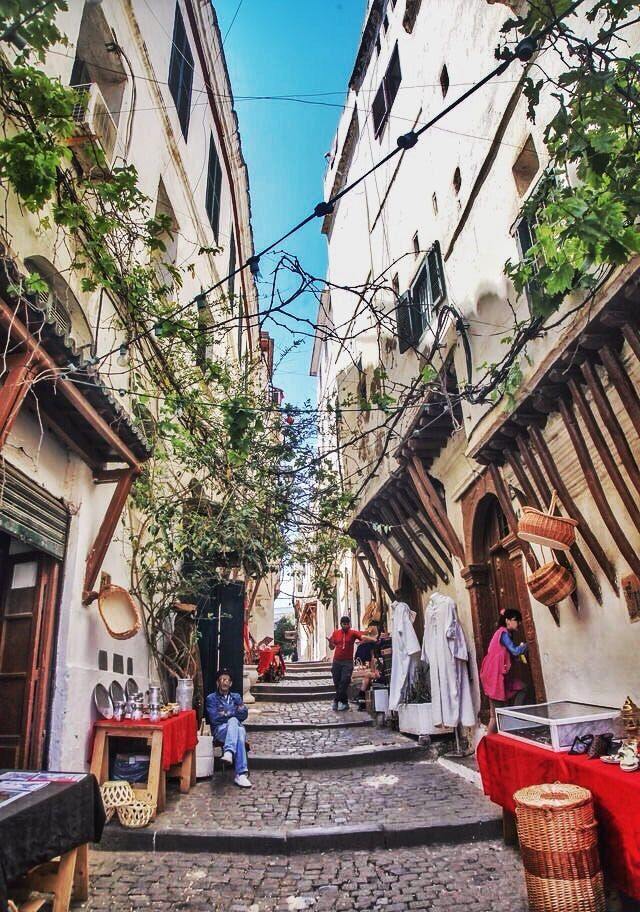
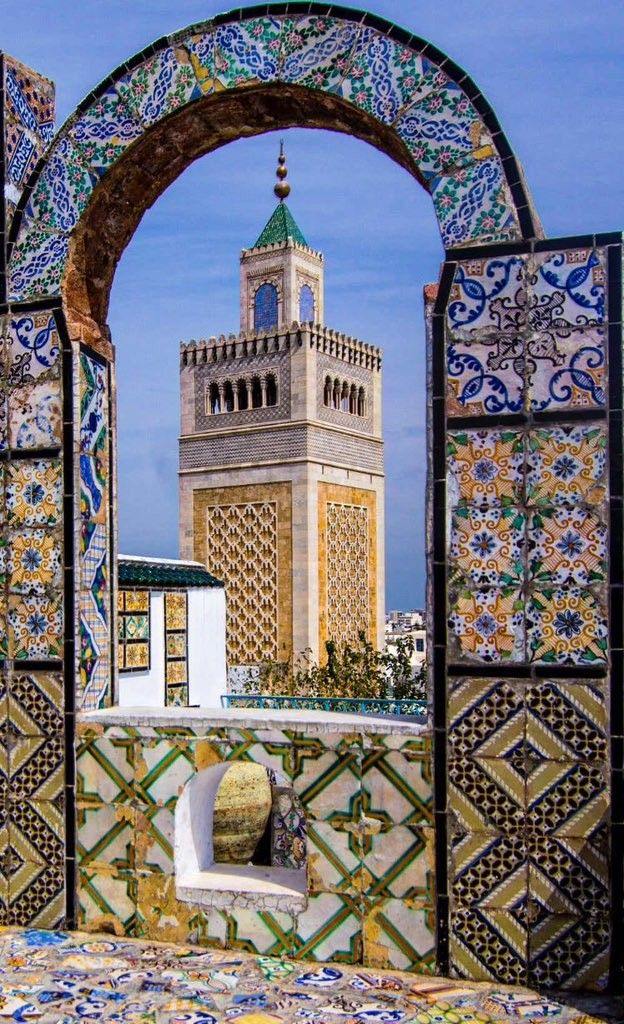
What to do in the Algiers Casbah
Exploration is the main activity in the Casbah. The streets are narrow, alleys twist unexpectedly, and staircases lead to hidden courtyards. Museums such as Dar Hassan Pacha and the Casbah Museum display Ottoman architecture, historical documents, and exhibits on revolutionary activity, providing insight into life here over centuries.
Markets dominate the Casbah. Vendors sell spices, textiles, traditional clothing, household items, and snacks. Locals still rely on these markets for daily necessities. The chaos, calls of vendors, scooters navigating tight streets, and aromas from food stalls make the markets a living environment. Shops often spill into alleys creating crowded, bustling spaces. Small cafés serve tea, coffee, and light snacks alongside the markets. Every turn can reveal a hidden stairway or a rooftop with views over the city and port.
Visitors should be prepared to get lost. Navigating requires patience, but missteps reveal courtyards, staircases, and vendors that are missed on guided paths. The Casbah is a functioning neighbourhood, not a tourist site. Exploring it shows how history, commerce, and community life coexist. Its streets retain centuries-old architecture and urban planning. From open-air stairways to tightly packed houses, the Casbah offers a glimpse into how Algiers developed as a city of strategy, culture, and resilience.
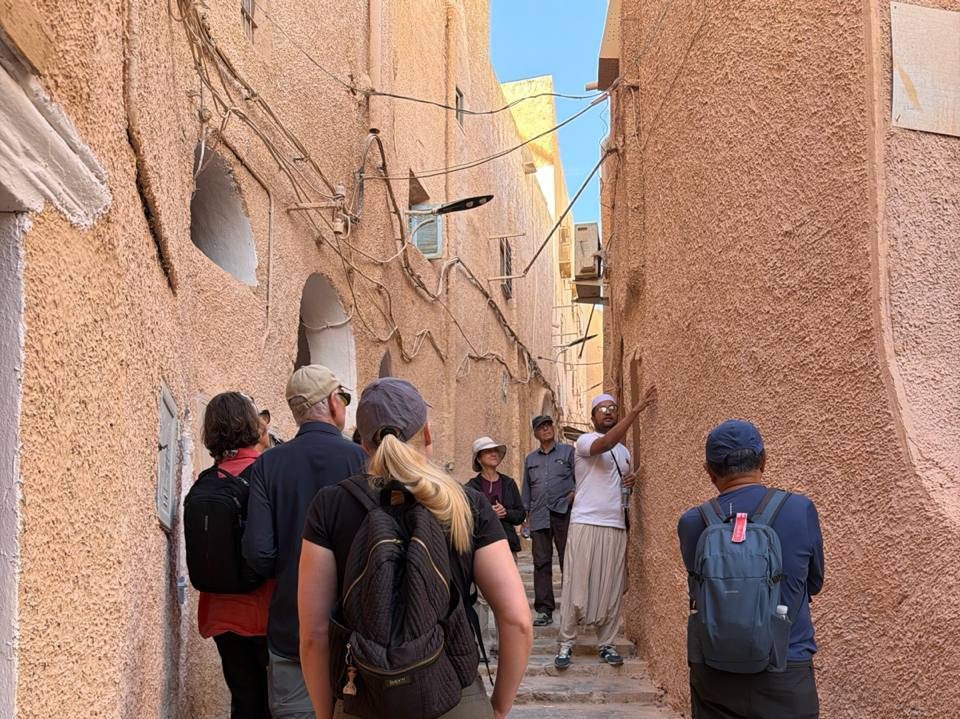

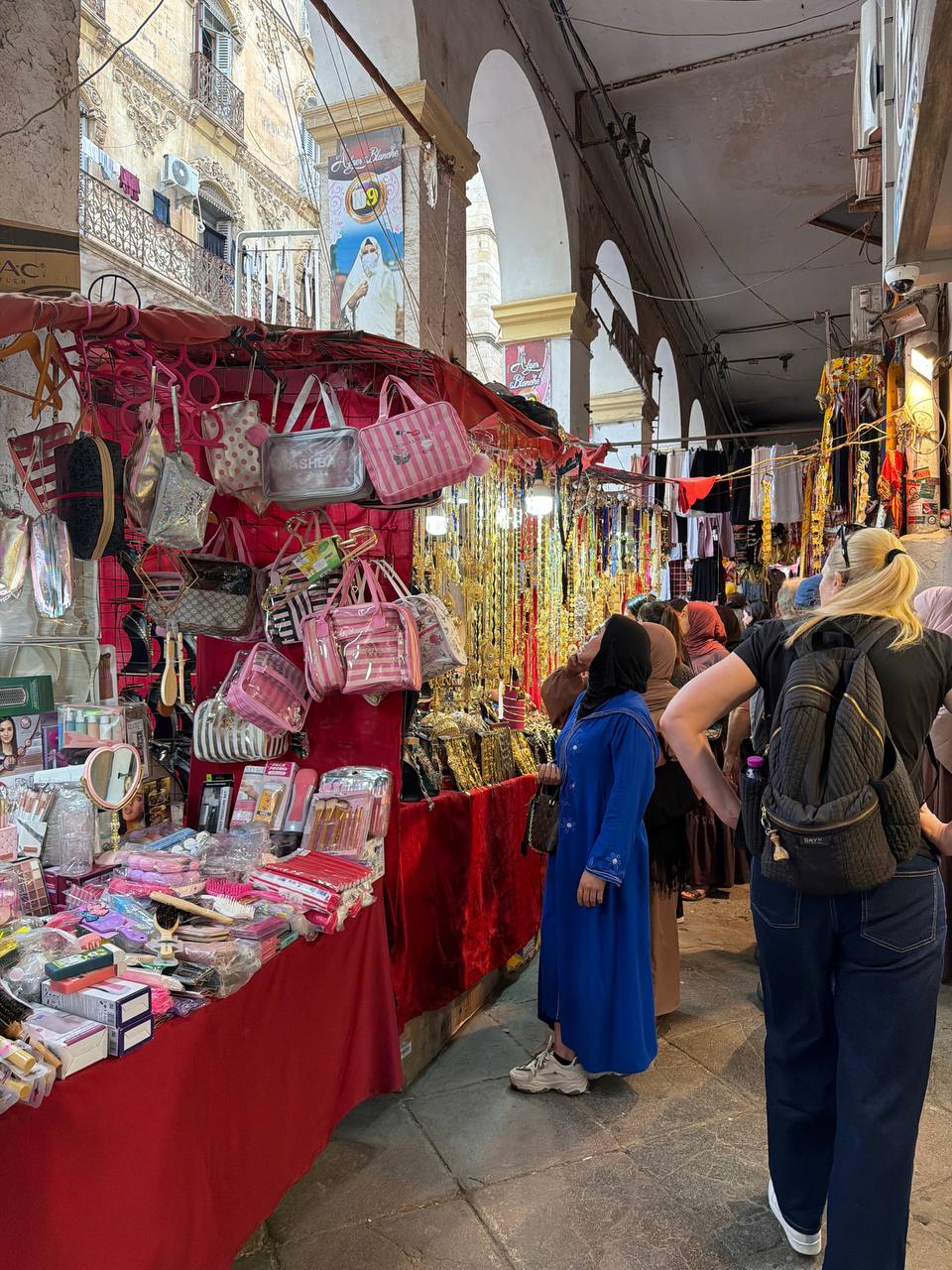
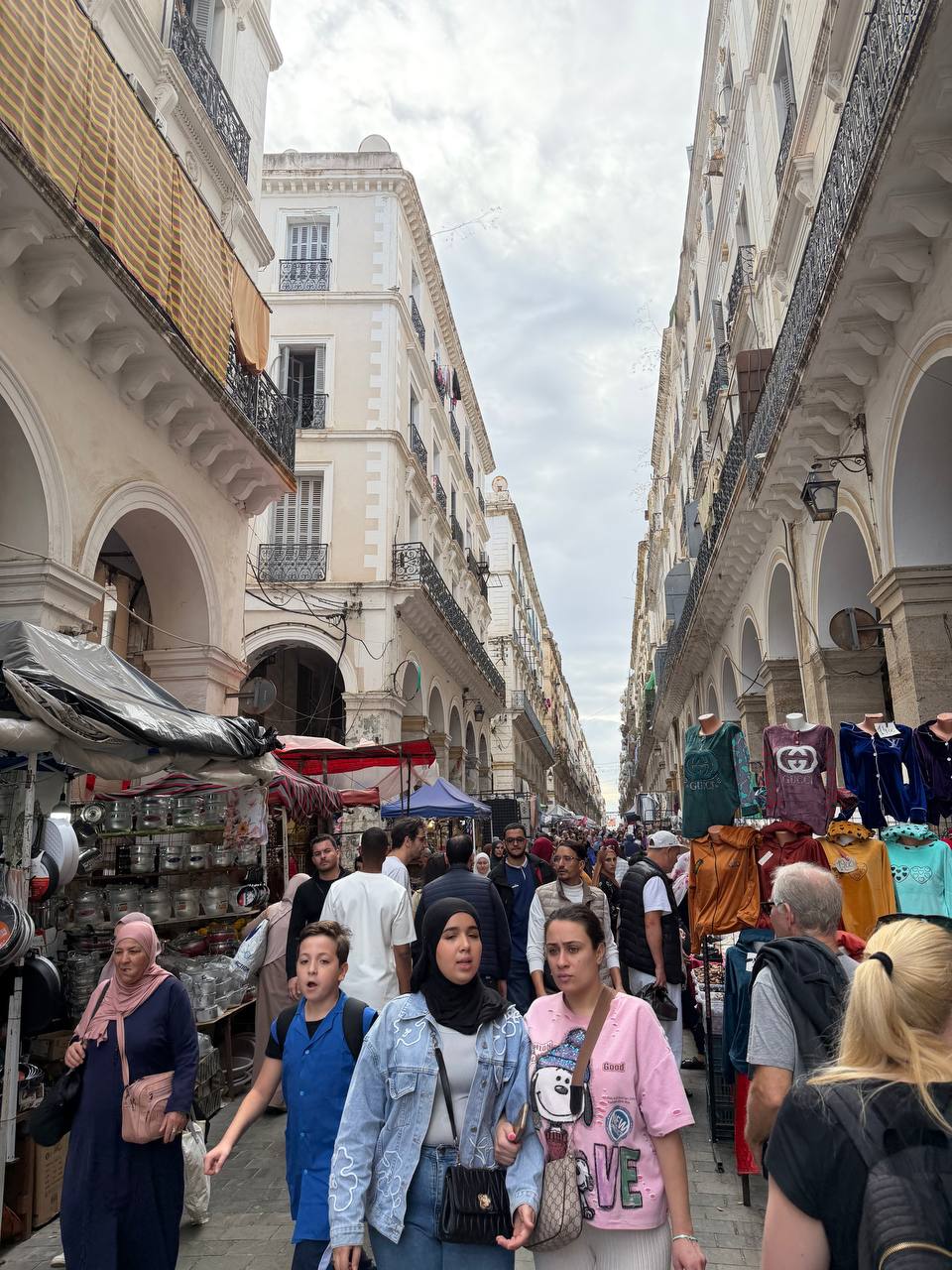
Eating and drinking at the Casbah in Algiers
Food in the Casbah is practical, immediate, and local. Street vendors sell fricassés, sandwiches filled with tuna, potato, and harissa, grilled meats, and merguez sausages. Portions are generous and prices low. Most cooking is done over charcoal or frying oil, giving the streets a distinct aroma. Eating is direct, messy, and satisfying.
Cafés are abundant. Mint tea is served sweet and hot in small glasses. Coffee is strong, black, or with milk. Traditional sweets such as makroud, almond pastries, and dates are sold in cafés and by street vendors. One of the most famous spots is Café des Délices, which has a terrace overlooking the Mediterranean. Sitting there with a cup of mint tea or coffee allows visitors to watch the port and the city unfold below.
Other smaller cafés are tucked into alleys, offering simple tables for tea, coffee, and sweets while observing daily life. Street food is cheap, decent, and authentic, while these cafés provide moments to pause, sip, and absorb the Casbah atmosphere. Eating here is in rhythm with the streets, blending practicality, flavour, and the living character of the neighbourhood. Vendors and cafés coexist, and each meal or drink provides a direct connection to the daily life and overall Algiers vibe.

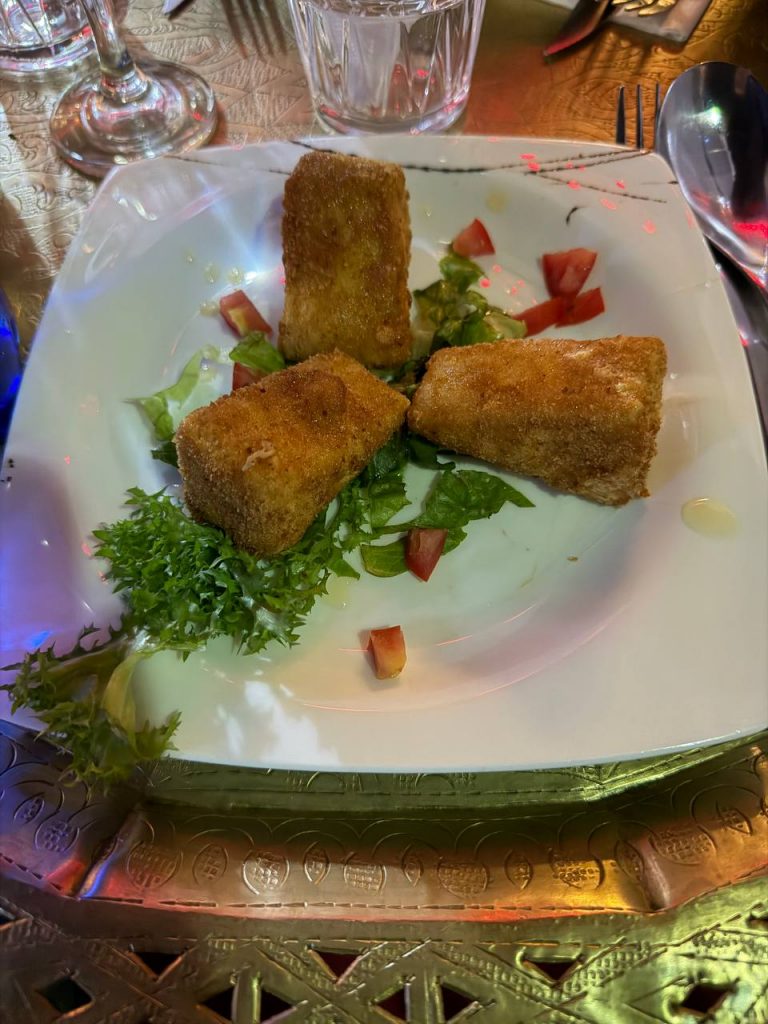
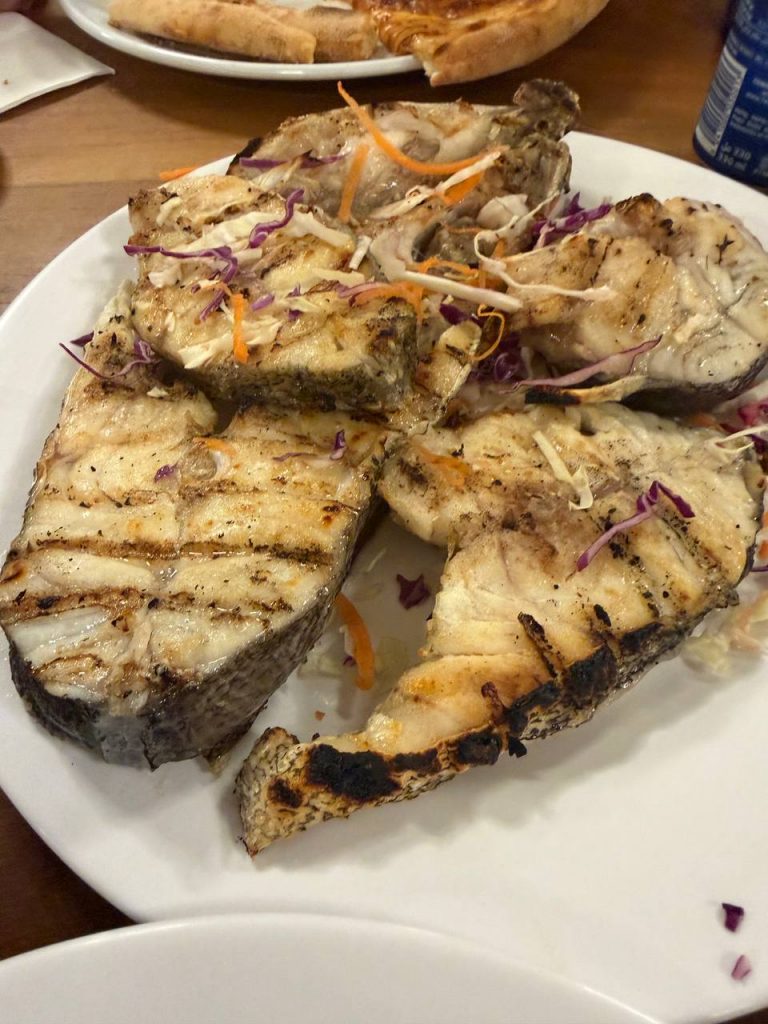
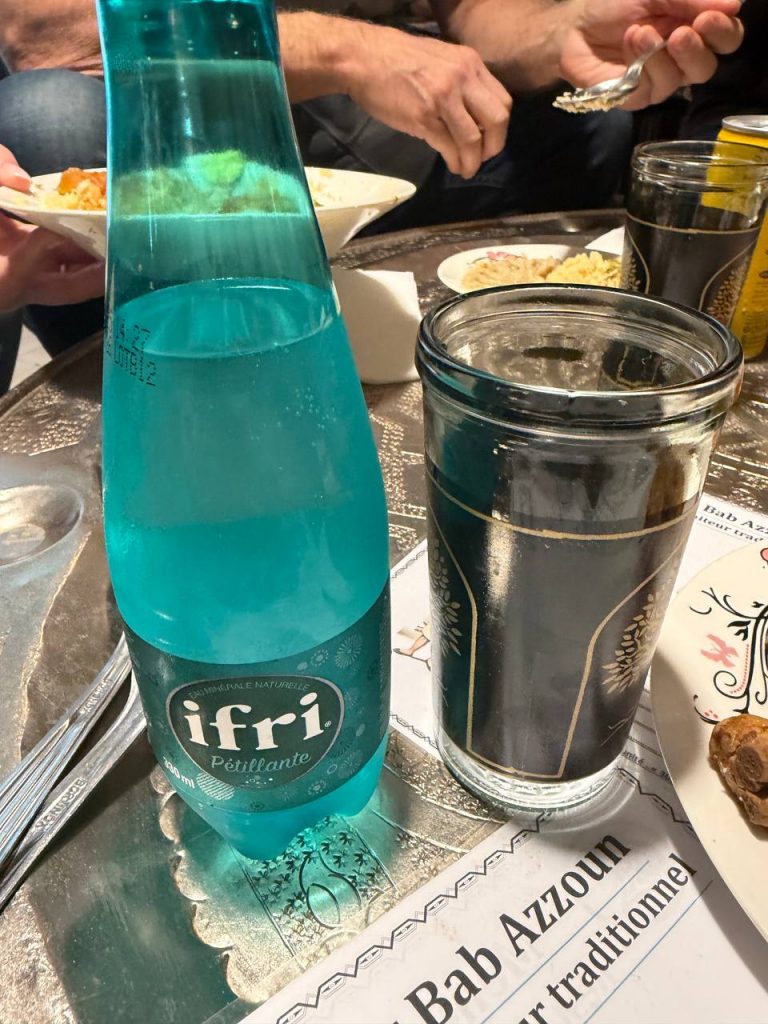
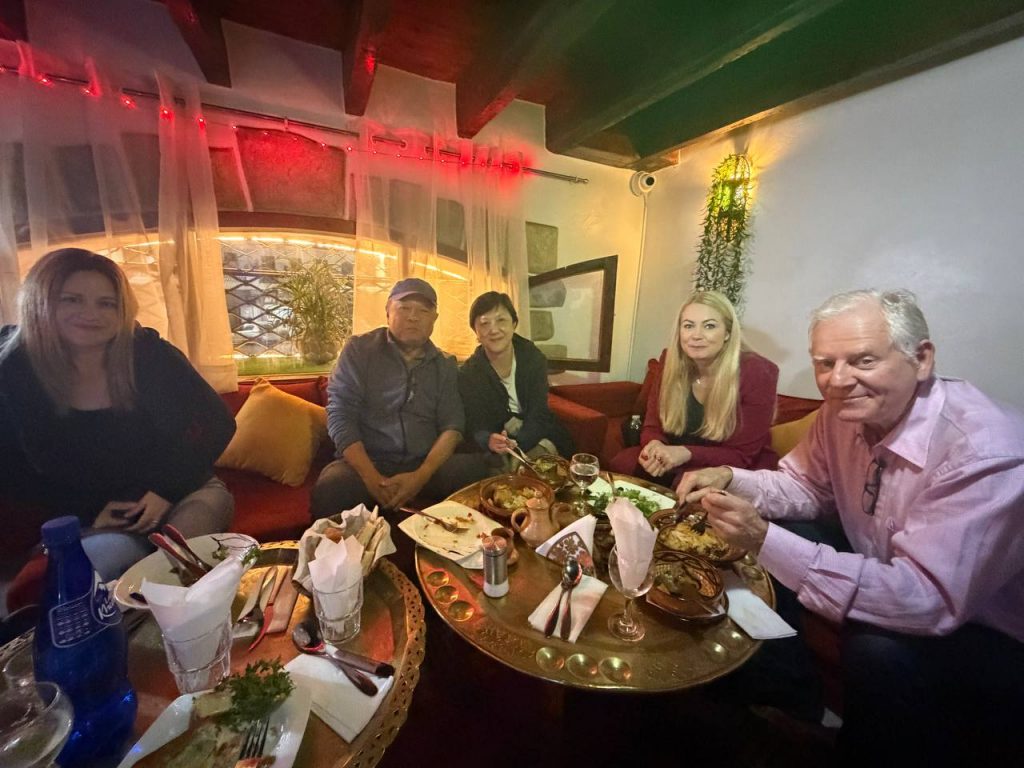
And the graffiti
Graffiti is one of the most striking elements of the Casbah. Football dominates much of it. The walls of narrow alleys, staircases, and building fronts are covered with symbols, slogans, and club insignia. MC Alger ultras, known as the Green Eagles, have a particularly strong presence. Their murals often feature the club’s emblem, references to important victories, and messages asserting territorial pride. Across the same streets, USM Alger fans, known as the Red and Blacks, claim their corners with bold symbols and painted slogans. Rivalry is intense but mostly symbolic, a visible claim over the neighbourhood’s alleys and stairways. MC Algiers it os worth noting are known as the working class “peoples club”.
Graffiti is not only about football. Revolutionary slogans referencing Algeria’s struggle for independence from 1954 to 1962 remain visible. “Vive l’Algérie libre” and other messages about resistance, sacrifice, and liberation are still painted on walls that were ground zero for revolutionary activity. Alleyways where fighters stored weapons or held secret meetings now carry layers of history in paint, a combination of memory, pride, and defiance.
Some graffiti celebrates local culture, historical events, or famous figures. The styles vary from quick stenciled messages to large, detailed murals with striking colour contrasts. The Casbah’s verticality, with walls rising above narrow streets, gives graffiti visibility and impact. Walking through these alleys is walking through decades of Algerian identity. Sport, politics, and history intersect in a way that is unavoidable, giving the visitor a sense of how deeply local allegiances and revolutionary memory are embedded in everyday life.
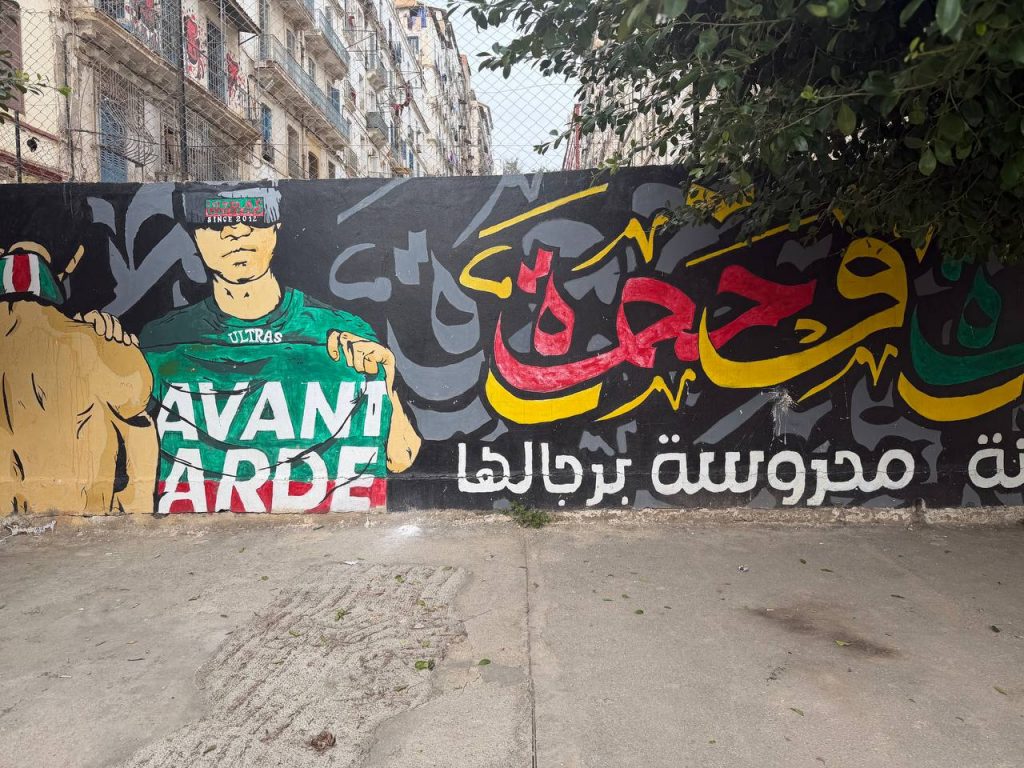
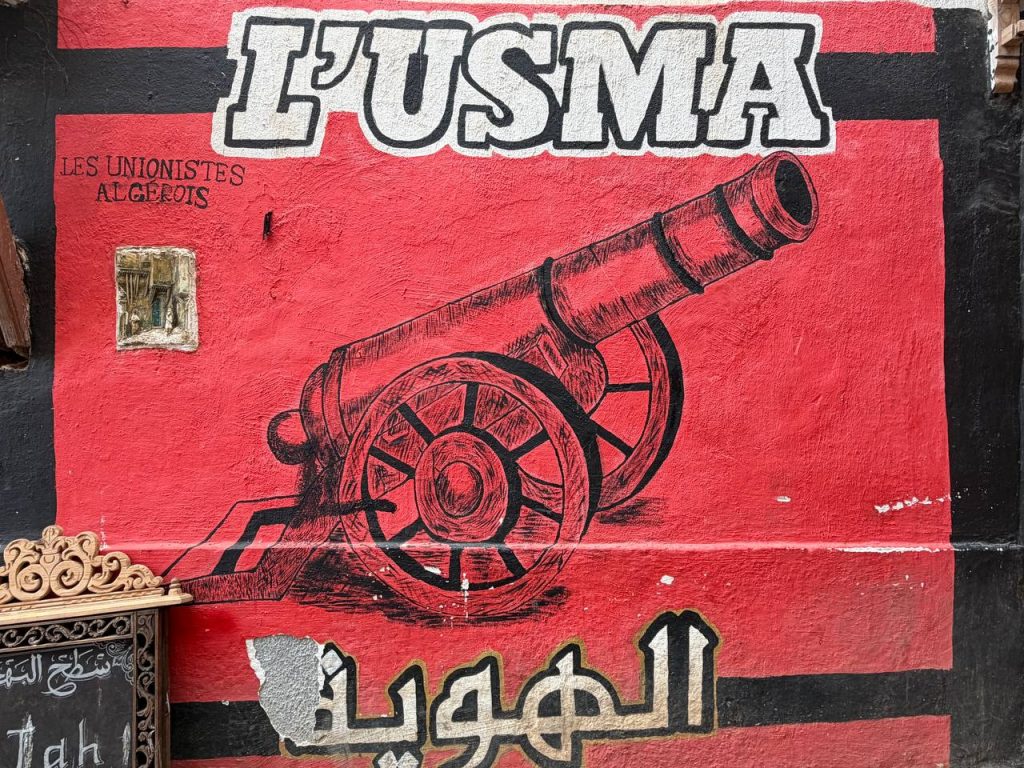
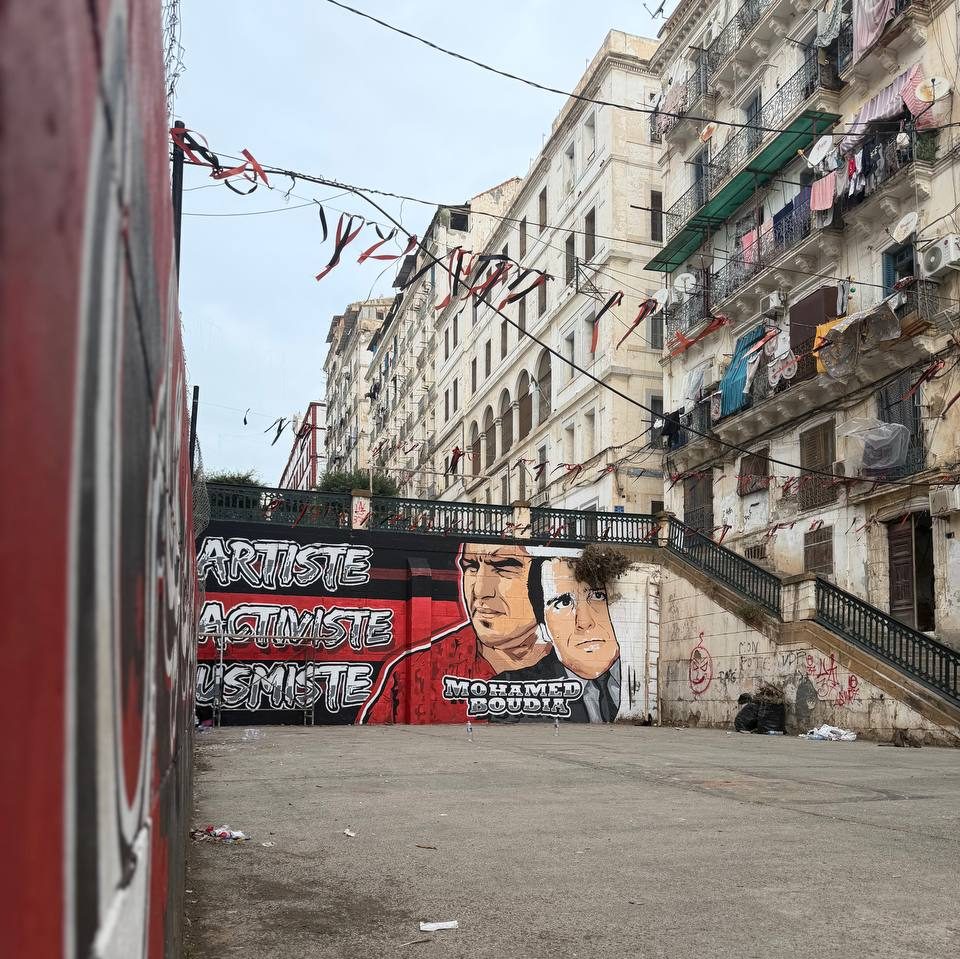

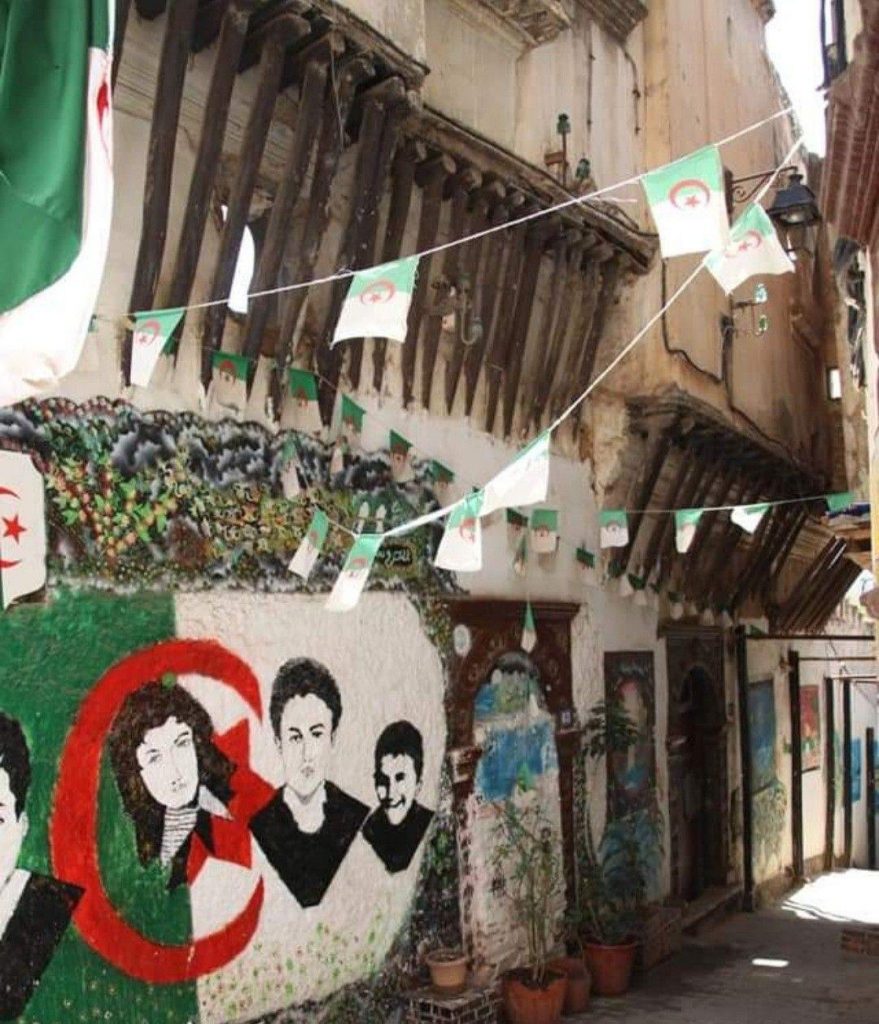
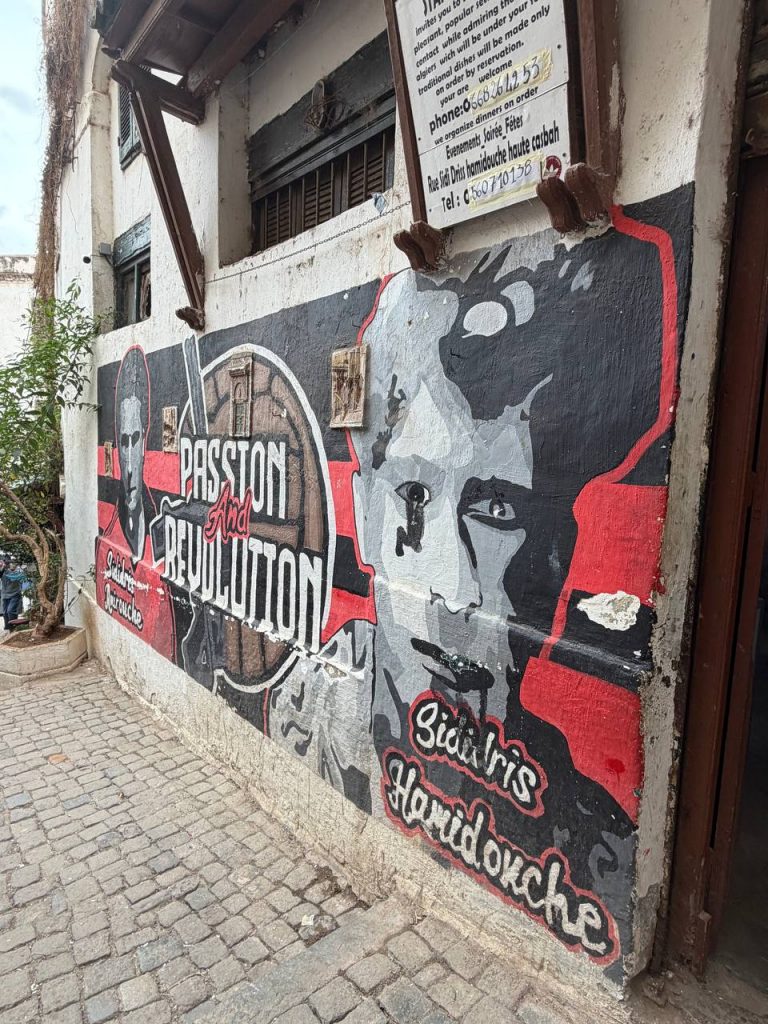
Getting there and away
The Casbah I can only realistically be done on foot. Most visitors arrive via the city centre, tram, or taxi. Once inside, walking is the thing! Alleys are narrow, staircases steep, and exploring the neighbourhood thoroughly requires stamina. My group did 14,000 steps getting up around and back down, so its a great wee work out whether you want it, or indeed not.
Social media coverage is limited. Hashtags such as #AlgiersCasbah and #CasbahAlger show images of streets, rooftops, and markets. There is no official website. The Casbah begins around Rue Mohamed Belouizdad and stretches to Place des Martyrs. Asking locals for directions is often more reliable than maps. Losing your way leads to hidden staircases, courtyards, and views over the city and port. And is pretty much path of the course.
Why is the song called rock the Casbah??
Basically when Iran banned rock music in 1979 The Clash thought it was rather ridiculous, so imaged a Muslim country with a king who did the same. The song Rock The Casbah was to show how a native people might rock their casbah to show destain at a lack of western tunes. Thus rock the casbah was born.
And YPT can take you there! On one of our wonderful Algeria Tours.





